Last Updated on August 5, 2021

PLOT: A mother and daughter move to a new town to start fresh. As luck would have it, they’ve just moved next to a home where, several years ago, a young girl murdered her parents, then subsequently disappeared. Now, only the family’s troubled son remains, and he’s got eyes on the new girl.
REVIEW: A toothless, imagination-free, entertainment dead zone is what THE HOUSE AT THE END OF THE STREET is; the kind of movie that seems to find inspiration not from great films but dull, similarly derivative ones. It shamefully wastes the obvious talents of its young actors with material so paltry that you feel bad for everyone involved. Except for the filmmakers who are trying to put one over on the audience, of course.

The film’s troubles are quite apparent from the opening sequence, which sees a creepy girl murdering her parents with a crowbar. Sounds creepy, sure, and it could have been a thoroughly disturbing scene if executed well, but directed Mark Tonderai isn’t content to let the eerie idea work on you alone; he has to set his cameras to “freak out” mode so that they’re shaking, zooming, blurring in and out of focus and generally acting so spastic that the audience is left disoriented for all the wrong reasons. A bad sign for HOUSE AT THE END OF THE STREET if this is what passes for scary.
Cut to four years later, and we meet the mother-daughter team of Sarah (Elizabeth Shue) and Elissa (Jennifer Lawrence), recently moved to a nondescript small town from Chicago on one of those “this will be good for us” moves that city people make in films like this. Dad has fled the scene (he was a rocker), and mom is still getting used to being responsible (she was a rocker chick and is only now taking her parental duties seriously), while Elissa just… is. The film flat out forgets to make Elissa interesting; in fact, it’s so very lucky to have a natural like Lawrence at its disposal, because Elissa would rate as the most colorless teenaged girl in the world otherwise.

But I digress. The mom-and-daughter show move into a very nice house, one that happens to sit not too far away from the opening sequence’s murder house. The only remaining member of the tragic family is Ryan (Max Theriot), the disturbed daughter’s brother who was away at the time of the horrific incident. Ryan doesn’t have many friends in this town, everyone treats him like a freak (he is pretty odd), but Elissa, who we learn has a penchant for “fixing” people, is immediately drawn to the shy lad. He in turn is drawn to her, because, as mentioned, everyone else treats him like a freak. He’s ashamed of his legacy, and Elissa isn’t afraid of it… even though there are rumors his sister is still hanging around.
For you see, young “Carrie Ann” was never found after she bludgeoned her folks. She ran off and presumably died somewhere in the forests that surround the town, but the locals have taken to spooking each other with tales of Carrie Ann wandering the woods. But that’s crazy talk, of course.

Before long, the movie firmly settles into a dreary pattern of Elissa-Ryan scene, Elissa-Sarah scene, “Carrie Ann” gets into shenanigans scene, repeat. The story is stunningly devoid of any hint of ingenuity when it comes to its central idea; melodrama or outright cheesiness would be preferable in place of the bland way HOUSE goes about business. Even the obligatory jump scares are carried out half-heartedly, each one of them telegraphed a mile away. The only thing working hard behind the camera is the score, which blares overbearingly throughout every suspense scene as if trying to will some life into it. The effect is laughable.
The truly depressing thing about the film is watching its actors flounder. Lawrence shot this before her star-making turn in THE HUNGER GAMES (though after she emerged on the radar with her tremendous WINTER’S BONE performance) and frankly, there’s no way in hell she’d appear in this sorry production if she were already a household name. She does the best she can with a one-dimensional character, though she’s too often reduced to standard horror movie heroine cliches. (The camera ogles her sweaty body like a perv in the third act.) You just want to pull her out of this mess and take her to a better movie.
Theriot is not quite in the same league as Ms. Lawrence, but he’s well-cast here, even if the Ryan character becomes more predictable with every passing moment. He’s not a bad actor, he just needs to fire his agent: In this and Wes Craven’s regrettable MY SOUL TO TAKE, Theriot works sturdily to overcome trite, drastically undercooked horror junk. It’s a losing battle, but it’s only because he can’t make something out of nothing. And HOUSE AT THE END OF THE STREET, at the end of the day, is nothing much at all.


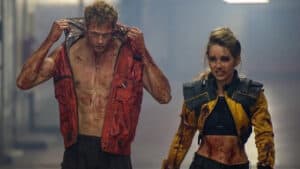
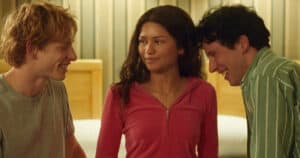
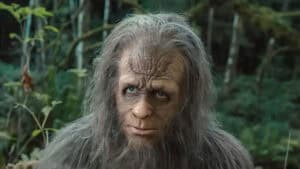


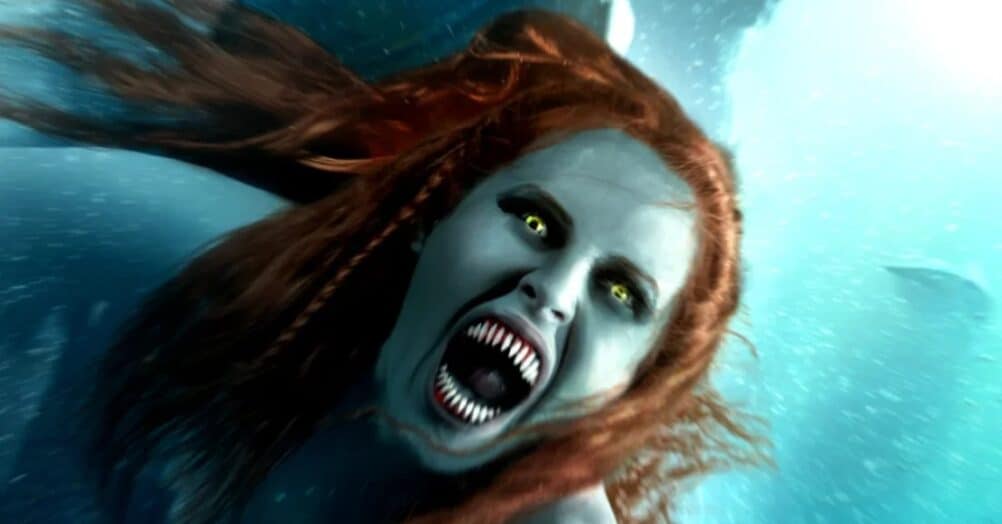
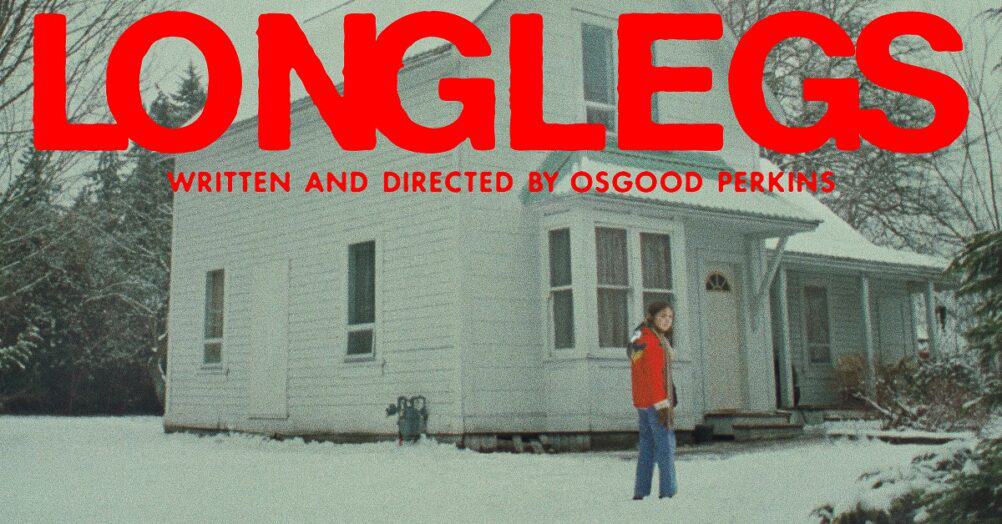
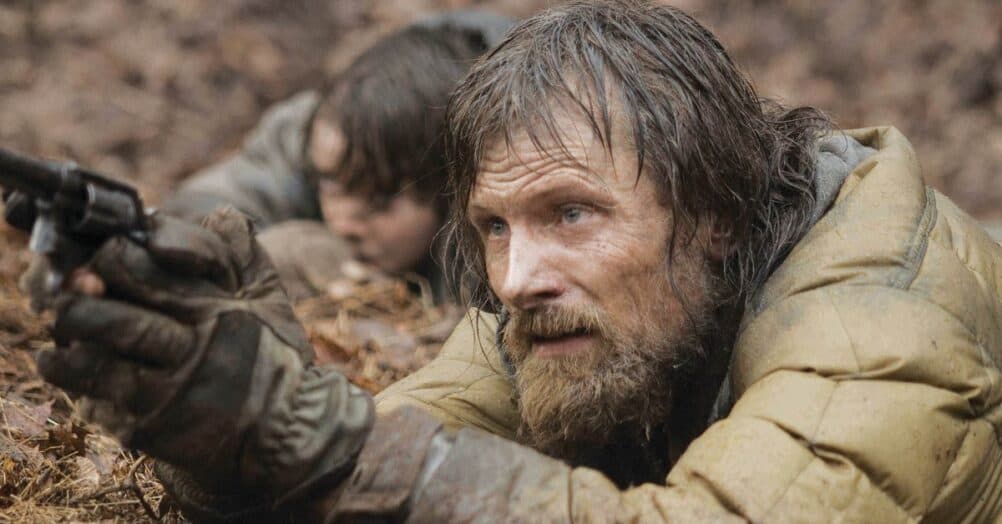
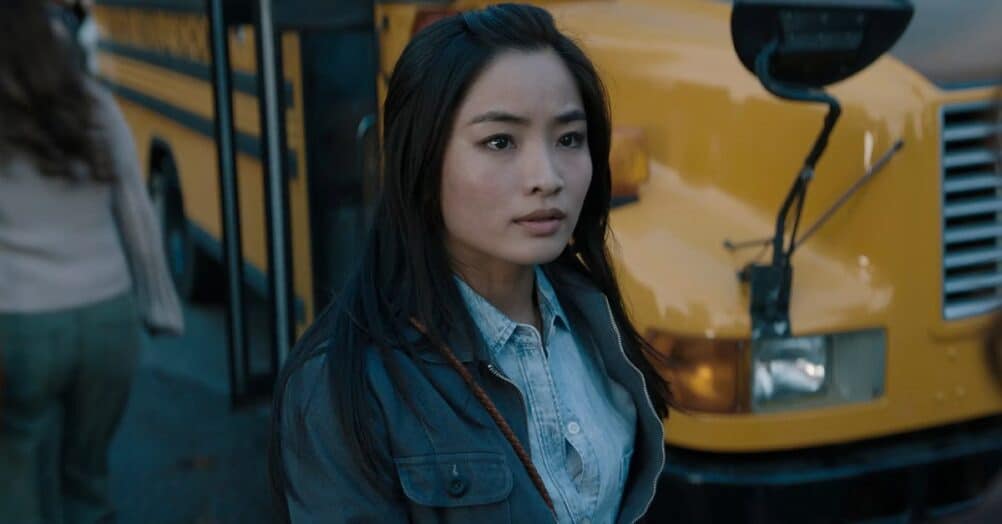

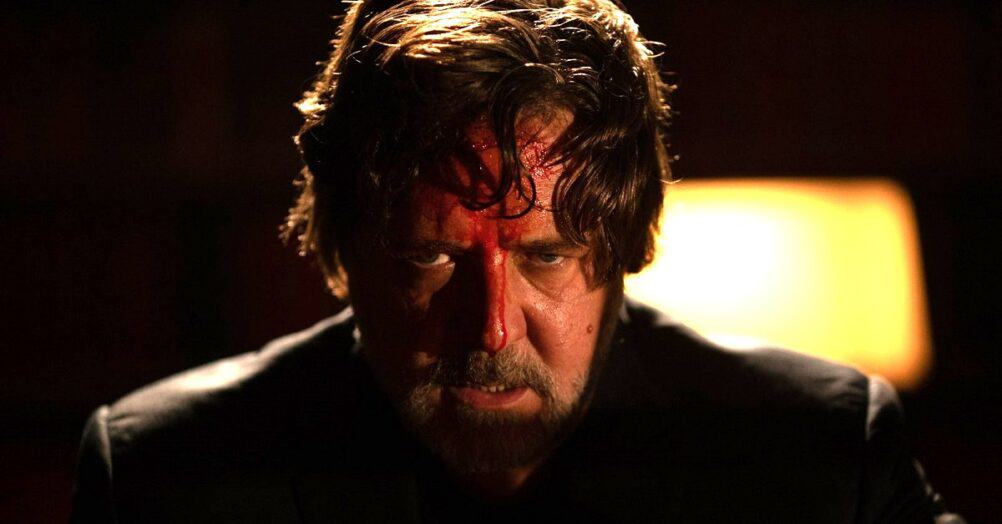
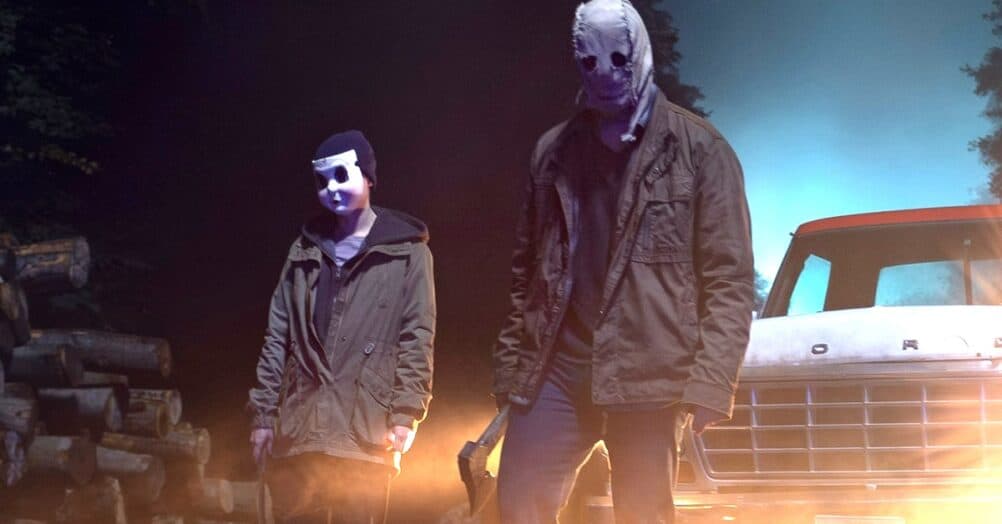

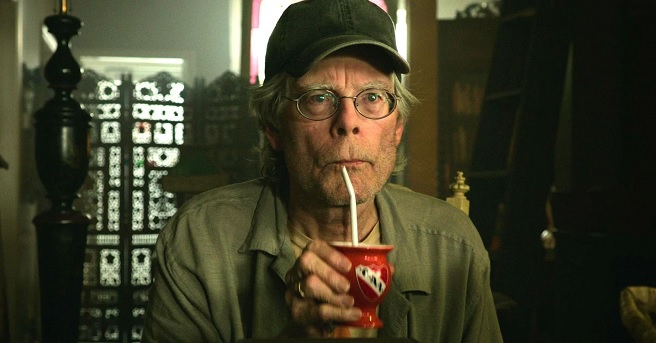
Follow the JOBLO MOVIE NETWORK
Follow us on YOUTUBE
Follow ARROW IN THE HEAD
Follow AITH on YOUTUBE